
For decades, Ghana’s electoral landscape has been defined by strongholds—regions that reliably deliver overwhelming support to one of the two dominant political parties.
The Volta Region and Ashanti Region have epitomized this trend, with the National Democratic Congress (NDC) and the New Patriotic Party (NPP) securing average votes of 80% and 73%, respectively, since 1992. In these areas, party loyalty and deeply rooted affiliations shape voting patterns.
However, not all regions exhibit this steadfast allegiance. Swing regions, in contrast, are the game-changers—dynamic areas that can tilt elections outcomes one way or the other. As the 2024 elections approach, Greater Accra, Central, and Western regions are poised to play a decisive role, making their political behavior more significant than ever.
Home to over 5 million people, the Greater Accra Region is Ghana’s largest and most diverse. It is not only the country’s economic hub but also its political epicenter, hosting the capital and seat of government. Reflecting the nation’s ethnic and social diversity, Greater Accra’s voting patterns often mirror national outcomes, earning it the title of Ghana’s electoral bellwether.
Since 1996, Greater Accra’s voting outcomes have closely aligned with presidential election results. In 1996, NDC’s Jerry Rawlings secured 54.0% of the vote, defeating NPP’s John Kufuor with 43.3%, and went on to win nationally. By 2000, Kufuor flipped the region, winning 53.1%, a pattern he maintained in 2004 with 51.7%, both times winning the presidency.
In 2008, the NDC’s John Atta Mills reclaimed the region with 52.1%, mirroring his national victory. The trend continued in 2012 as John Mahama captured 52.3% of Greater Accra, securing the presidency. A shift occurred in 2016 when NPP’s Nana Akufo-Addo captured the region with 52.4%, aligning with his national win. In 2020, however, Mahama reversed this trend in Greater Accra, winning 51.04% of the vote, although he lost the national election.
This break from historical patterns underscores the growing complexity of voter dynamics, with Mahama significantly improving his performance compared to 2016. Will the NDC capitalize on this momentum, or will the NPP regain its foothold in 2024? With voter registration in Greater Accra rising by nearly 10% since 2020, the region’s influence is stronger than ever.
The Central Region, with a population of nearly 3 million, features a mix of urban centers like Cape Coast and rural fishing communities. This diversity creates a unique political landscape, making it a perpetual battleground. Traditionally, an NDC stronghold under leaders like Jerry Rawlings and John Atta Mills, the Central Region has shown increasing volatility. In 2004, Kufuor’s NPP made inroads, winning 53% of the vote. Mills reclaimed the region for the NDC in 2008, but the pendulum swung again in 2016 when Akufo-Addo secured 52%. In 2020, the NPP narrowly retained the region, signaling its unpredictability. The NDC’s strategic choice to feature running mates or flagbearers from the region reflects its ongoing effort to regain dominance here.
The Western Region, with its wealth of natural resources—including gold, oil, and agriculture—plays a pivotal role in Ghana’s economy. Before its division into Western and Western North regions, it was a key electoral prize, reflecting national priorities on development and resource distribution. During the Rawlings era, the region leaned towards the NDC.
In 2004, the NPP gained traction, appealing to voters with industrialization policies. This loyalty wavered in 2012, as Mahama won the region, but the NPP reclaimed dominance in 2016 and 2020, fueled by promises of equitable resource sharing. The Western Region’s focus on development and economic fairness makes it a critical battleground where voters prioritize tangible outcomes over party loyalty.
Together, Greater Accra, Central, and Western regions account for over 35% of Ghana’s electorate. These regions are not just political battlegrounds but mirrors of national concerns such as youth unemployment, inflation, and infrastructure development. Youth unemployment remains a pressing issue in these urbanized and semi-urban areas, while inflation and economic recovery continue to dominate voter priorities. Ghana’s inflation rate, recorded at 35.8% as of October 2023, highlights the economic challenges shaping the electorate’s demands. Infrastructure development also remains a perennial demand in these regions balancing urban growth and rural needs.
In close elections, swing regions are deciders. The 2008 presidential race, decided by just 80,000 votes, highlighted their pivotal role. As the NPP seeks to extend its rule and the NDC mounts a strong challenge in 2024, these regions will once again shape Ghana’s future.
The stakes in 2024 are monumental. Swing regions like Greater Accra, Central, and Western embody the hopes and anxieties of the nation, serving as the crucible for Ghana’s democracy. Their decisions on polling day will reverberate far beyond the election, shaping the country’s trajectory for years to come. As Ghana heads into another fiercely contested race, all eyes are on these regions—where the nation’s destiny will be decided.
The post Swing regions in Ghana: The deciders of December 7 elections first appeared on 3News.
Read Full Story
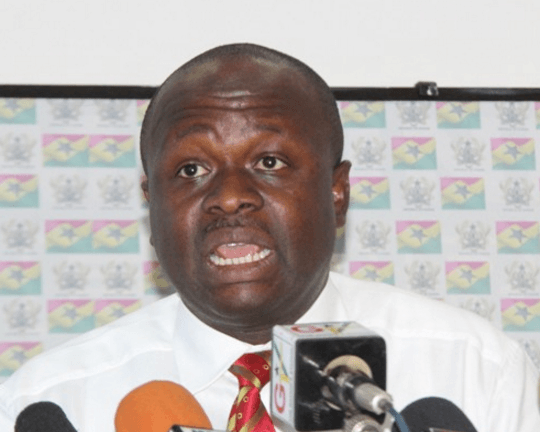
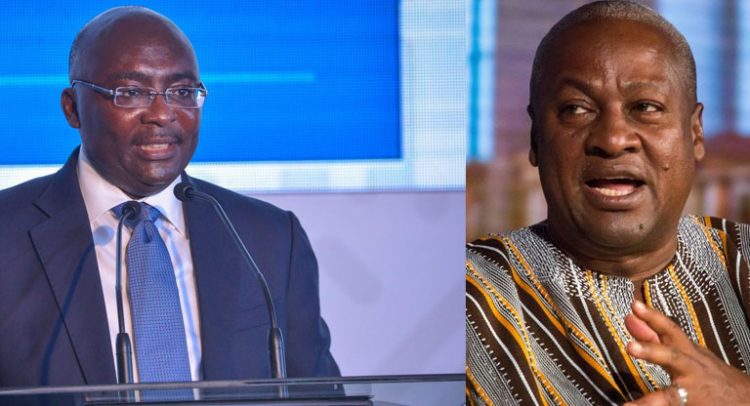
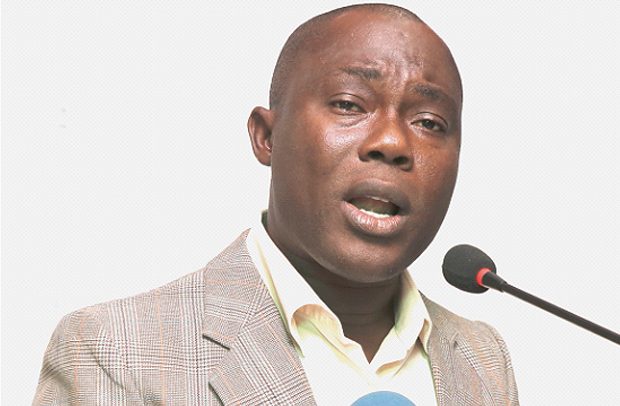
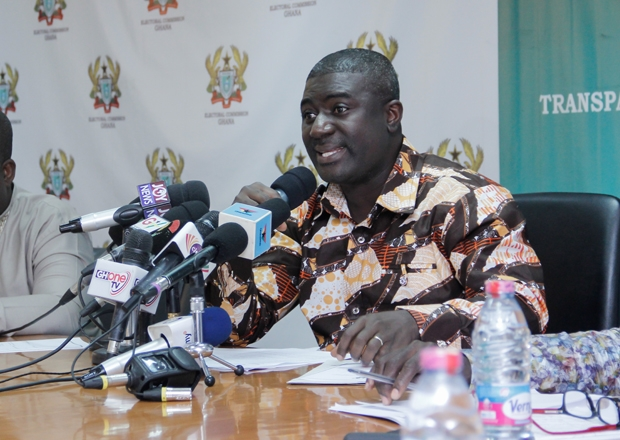








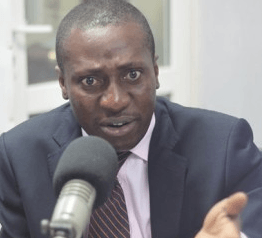
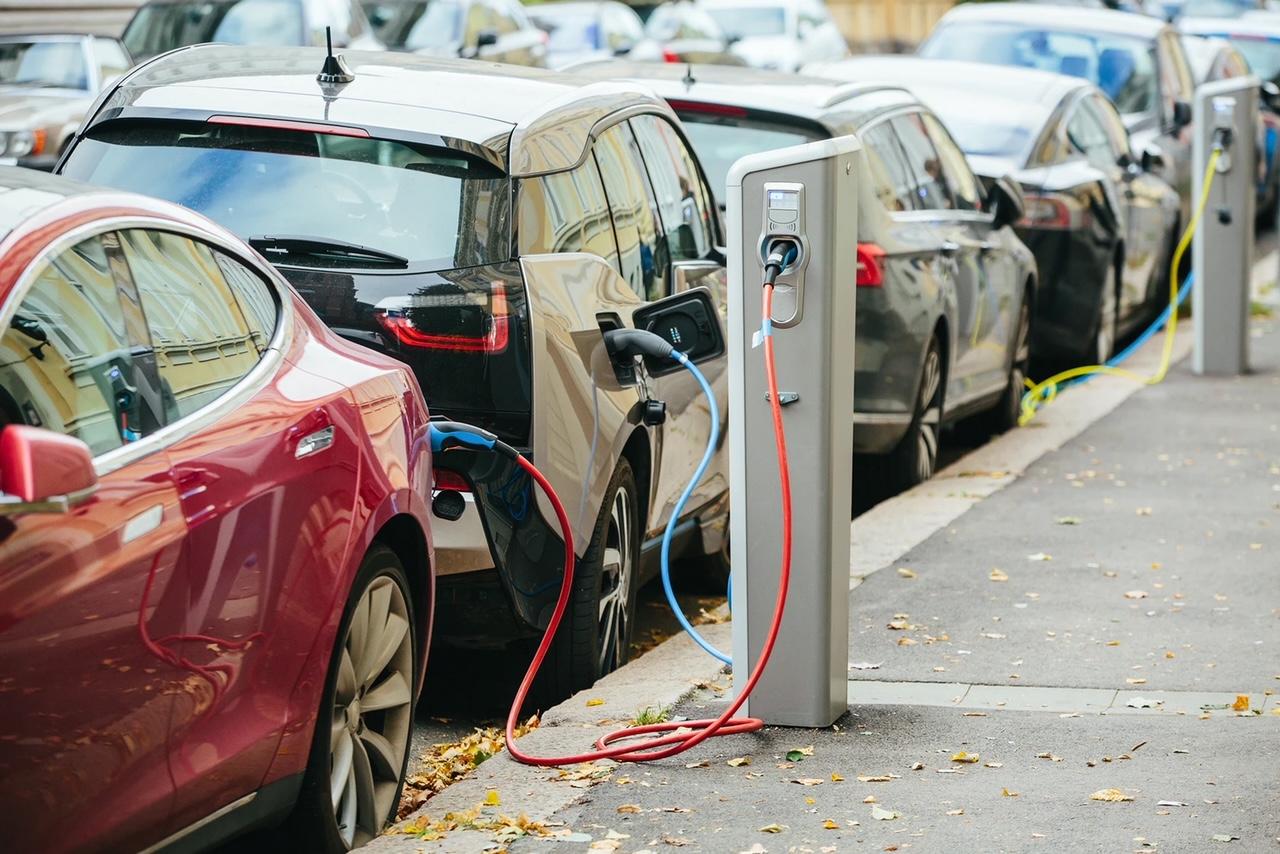

Facebook
Twitter
Pinterest
Instagram
Google+
YouTube
LinkedIn
RSS